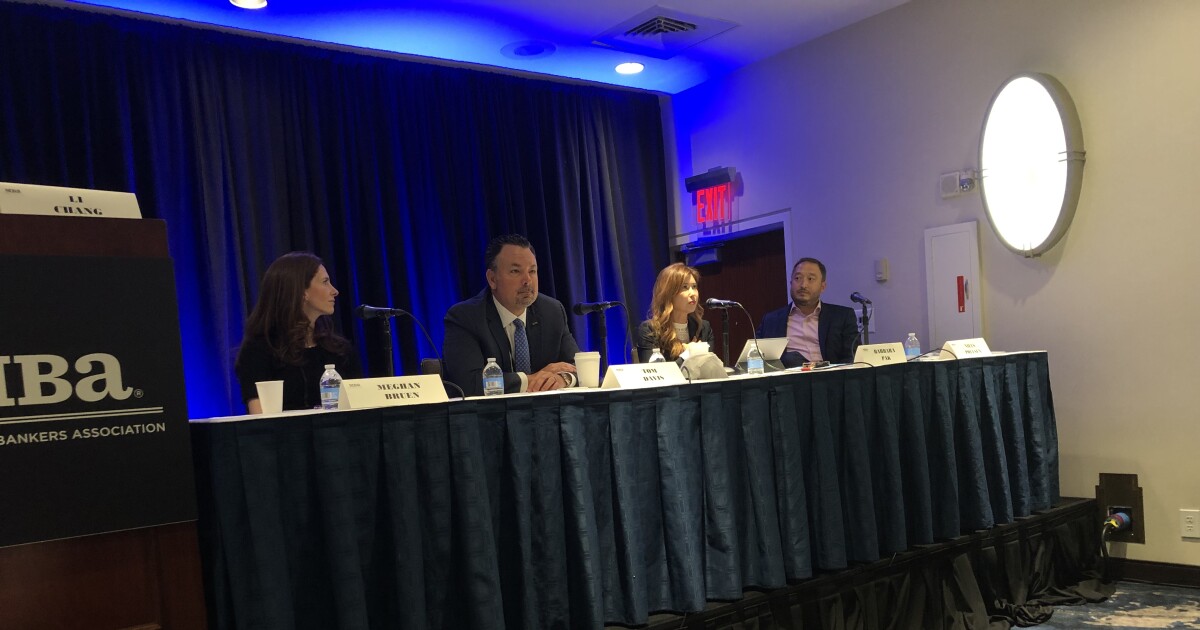
The mortgage market needs to start treating homeowners insurance like it does a one-year adjustable mortgage
Speaking at the Mortgage Bankers Association's Secondary and Capital Markets Conference in New York on Tuesday, George Gallagher, senior leader-principal, climate risk and natural hazard solutions, said he was quoting Jeremy Switzer, the chief credit officer at Pennymac for that comment.
The similarities between the two, Gallagher explained, start with the typical ARM loan having an adjustment cap. In some states, like California, there's a cap on how much insurance premiums can increase in a year. In those other states, it's like an ARM without a cap.
"So when you overlay that with losses from recent weather events, natural catastrophe events and the potential of losses for climate change, you really are starting to equate insurance as a one-year ARM," Gallagher said.
As with an ARM portfolio, the next step for lenders is to look at their portfolio and find the ways to mitigate risk, including understanding what the peril is and knowing what the related financial impact is, Gallagher continued.
"I think the challenge to the industry and inclusive of the insurance part of that industry is to come up with different solutions," Gallagher said. "How about a five-year policy where maybe there's a little buydown at the front end of it? How about something more oriented towards homes and
What climate risk means in general for
If it is the LTV and one wants to measure the stress scenario, take the loss estimate generated from the catastrophe model being used and the lender should assume this is the new LTV.
"Then you slice and dice your borrowers based on the metrics that you're all familiar with," Greenland explained.
For DCSR loans, "whether it's residential or commercial, you can look at who is on the margin in terms of performance stress and say, 'Well, how much of an increase in insurance premium can they handle before it's going to cause a performance issue?'" he continued.
Riskspan looked at the LTV impact because physical damage to a home does change its value, said Jason Huang, its director. After climate events, typically a short-term increase in mortgage delinquencies takes place.
But at the same time, "prepayments also spike up and there's a really interesting relationship between that and the insurance coverage of the borrowers," Huang said.
Many borrowers take the proceeds and prepay their mortgages, shortening the duration on their mortgage. Overall, "we see that homeowners insurance really mitigates a lot of those delinquencies," Huang said.
Lenders are going to need to look at data in order to make capital allocation decisions, Greenland said, adding, "So it's not really a function of if but when you have to start thinking in terms of climate risk to the asset, and which credits you want and which ones you don't."
But there's a fundamental issue around such modelingL the past does not represent the future when it comes to these events.
"Thus, we can't precisely quantify what the dollar value of risk is, but that doesn't mean that we shouldn't do it," Greenland said.
Boundaries need to be set and it's up to the lender, borrower and/or servicer to find the point at which they start to have issues and manage against that, he said.



